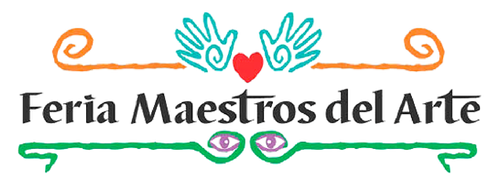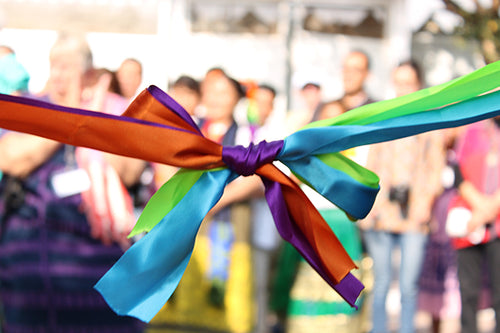
Eustacio Ornelas, Pátzcuaro, Michoacán
Eustacio Ornelas resides in a small pueblo in the state of Michoácan where he practices his art of hand carving wooden masks. His masks are very unusual, which is what drew me to him.
In Mexico the mask is used as a disguise and functions as a means of contact with the spirit world. The ancient Indians believed that each individual has two souls, one of which resides in the head, the other in the heart. Covering the face with a mask is the same as removing the identity and the soul of the mask wearer from the everyday world. Masks do more than just hide ones features: They substitute a new face, new ego, new persona, and new soul. Mexican masks are an agent of profound, mystical transformation in which the wearer becomes someone or something else.
During pre-Hispanic times, the Aztecs used masks as part of their religious ceremonies. After the Spanish Conquest, Christian traditions were incorporated into the art of mask making. In the past, masks were worn in ritual dances and used by the dancers to represent persons or animals; the dance's purpose was to tell a story in which the desired result was achieved through the magic of imitation.
Masks can be made of wood, metal, leather, shells, fibers, ivory, clay, horn, stone, feathers, paper or fur, sometimes using bone, genuine hair and teeth as decorations. The art of mask making demonstrates imagination, fantasy, and great decorative and creative talent. The form of the mask may be human, animal or abstract, often accompanied by a costume to complete the transformation Mask making and dances for which they are used, are handed down from generation to generation, and are a source of pride to individuals as well as to their communities. The mask is a true form of Mexican folk art and is Mexican art at its best.
Colonia los Cedros
Pátzcuaro, Michoacán
425 523 1439, 443 103 2090 cell

